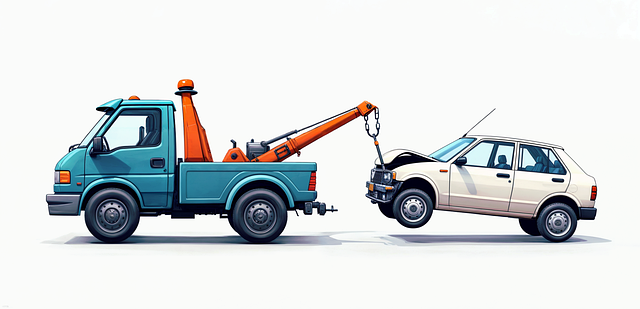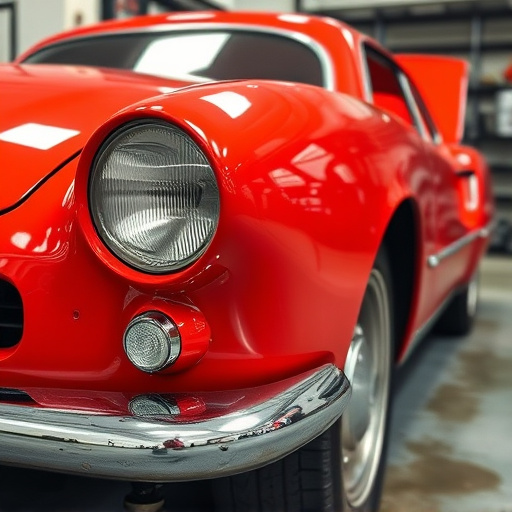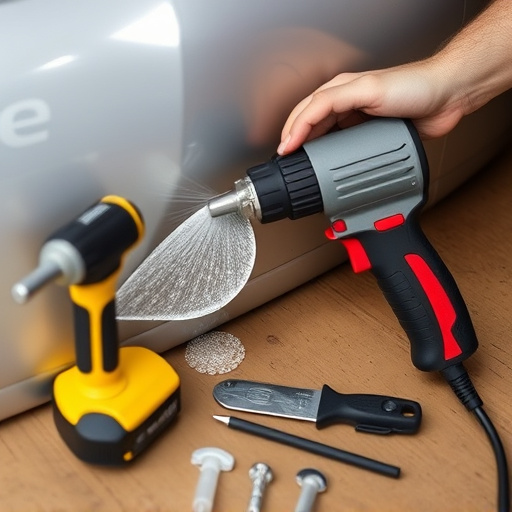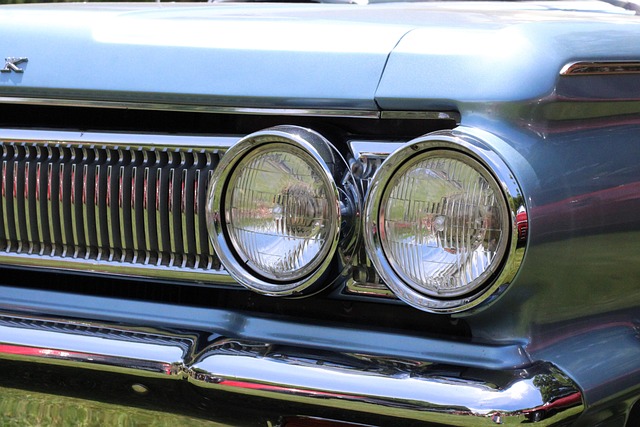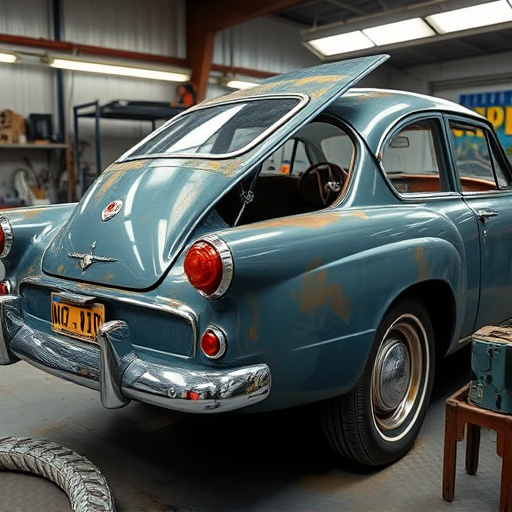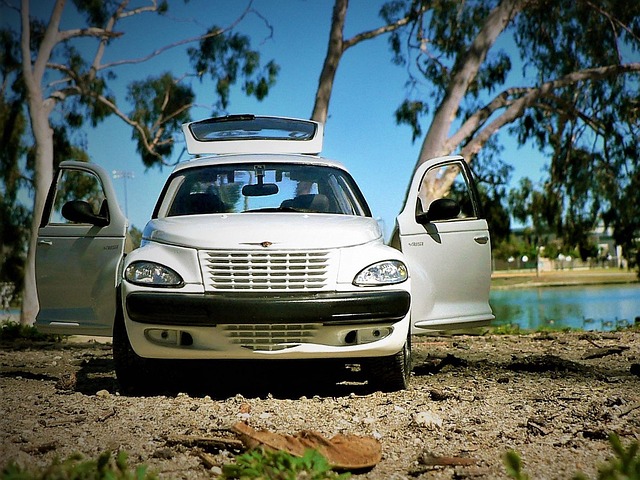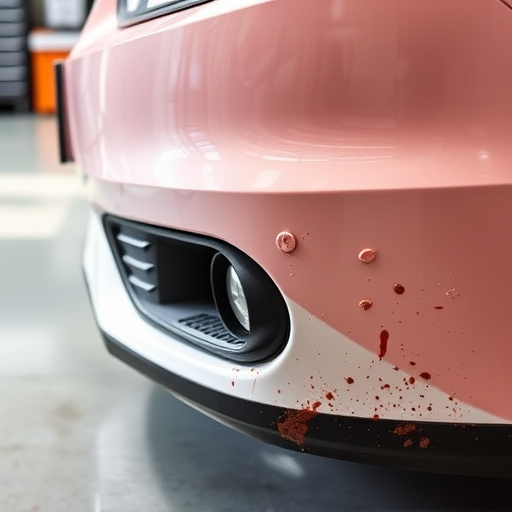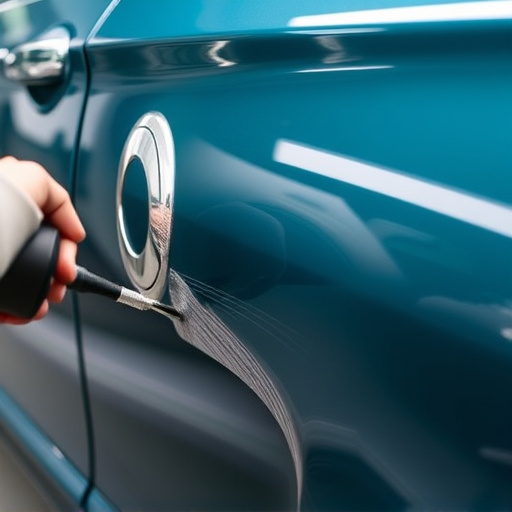In auto body collision repair, calibration is crucial for ensuring structural integrity and passenger safety. It optimizes the performance of critical systems like airbags, seatbelt pre-tensioners, ABS, ESC, and crumple zones, minimizing secondary injuries during collisions. Skilled technicians use advanced technology and specialized tools to calibrate these systems accurately, adhering to manufacturer guidelines and industry standards. Regular checks, structured calibration schedules, consistent tool use, precise record-keeping, and staff training significantly minimize errors, enhance efficiency, and ensure safe, reliable vehicle restoration.
In the realm of auto body collision repair, precision is paramount. Safety systems calibration plays a crucial role in ensuring the integrity and safety of vehicles post-repair. This article delves into the significance of calibration within collision repair procedures, highlighting key safety systems and best practices for maintaining accurate settings. By understanding these aspects, professionals can enhance the overall quality and reliability of their work, fostering a safer environment for both technicians and road users.
- Understanding the Importance of Calibration in Auto Body Collision Repair
- Key Safety Systems and Their Calibration Process
- Best Practices for Maintaining Accurate Calibration During Collision Repair Procedures
Understanding the Importance of Calibration in Auto Body Collision Repair

In the meticulous world of auto body collision repair, calibration plays a pivotal role in ensuring the precision and safety of every repair procedure. It’s not just about achieving an aesthetically pleasing vehicle paint repair; it’s about maintaining the structural integrity and overall safety of the vehicle. Calibration ensures that the various safety systems, from crumple zones to airbags, function optimally upon a collision, providing crucial protection for occupants. A well-calibrated auto collision repair facility uses advanced technology to meticulously adjust and fine-tune every system, guaranteeing that each car returns to the road safely and reliably. Think of it as the difference between a haphazard fix and a symphony of safety features working in harmony.
Key Safety Systems and Their Calibration Process

In the realm of auto body collision repair, several key safety systems require meticulous calibration to ensure optimal performance and customer safety. These systems include airbag deployment mechanisms, seatbelt pre-tensioners, and anti-lock braking systems (ABS). Calibration is a precise process that involves adjusting these systems’ settings to meet specific criteria, ensuring they function correctly and efficiently during an impact event. For instance, airbag timers and sensors must be finely tuned to detect collisions and deploy airbags promptly, minimizing the risk of secondary injuries.
Proper calibration also extends to vehicle dynamic control systems like electronic stability control (ESC), which helps drivers maintain control during sudden maneuvers or slippery road conditions. This process involves sophisticated diagnostics that check sensor integrity, system response time, and adjustment parameters. Skilled technicians use specialized tools to simulate various collision scenarios, ensuring the car repair services render these safety systems as effective as possible, enhancing the overall safety of vehicle dent repair and car damage repair processes.
Best Practices for Maintaining Accurate Calibration During Collision Repair Procedures

Maintaining accurate calibration during collision repair procedures is paramount to ensuring safety and quality outcomes for vehicle restoration. Best practices involve regular checks and adjustments of all equipment, from frame straighteners to paint spray systems. Technicians should follow a structured calibration schedule, adhering to manufacturer guidelines and industry standards, to prevent drifts in measurements that could compromise structural integrity.
Consistent use of calibrated tools and precise record-keeping are essential components of effective auto body collision repair. Using the right equipment for each specific task, such as specialized tools for auto dent repair or advanced tire services, is crucial. Moreover, continuous training for staff on proper calibration techniques and regular equipment maintenance can significantly minimize errors and enhance overall workshop efficiency in vehicle collision repair.
In the realm of auto body collision repair, accurate safety systems calibration is not just a best practice—it’s imperative. By understanding the importance of calibration and implementing key safety systems with meticulous care, collision repair professionals can ensure the highest standards of safety and quality. Following best practices ensures that every repair procedure maintains precise calibration, thereby fostering a robust and reliable auto body collision repair ecosystem.


